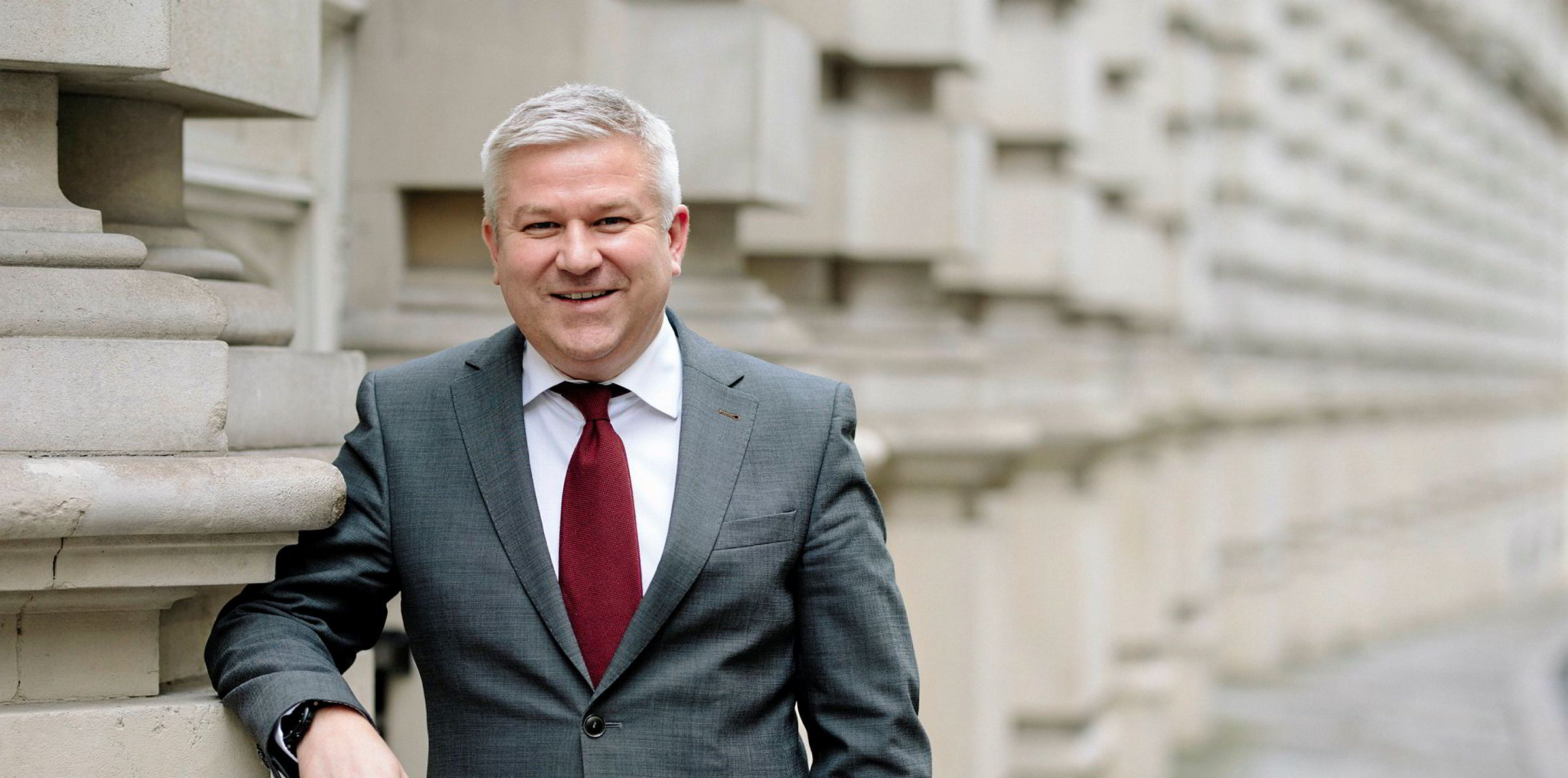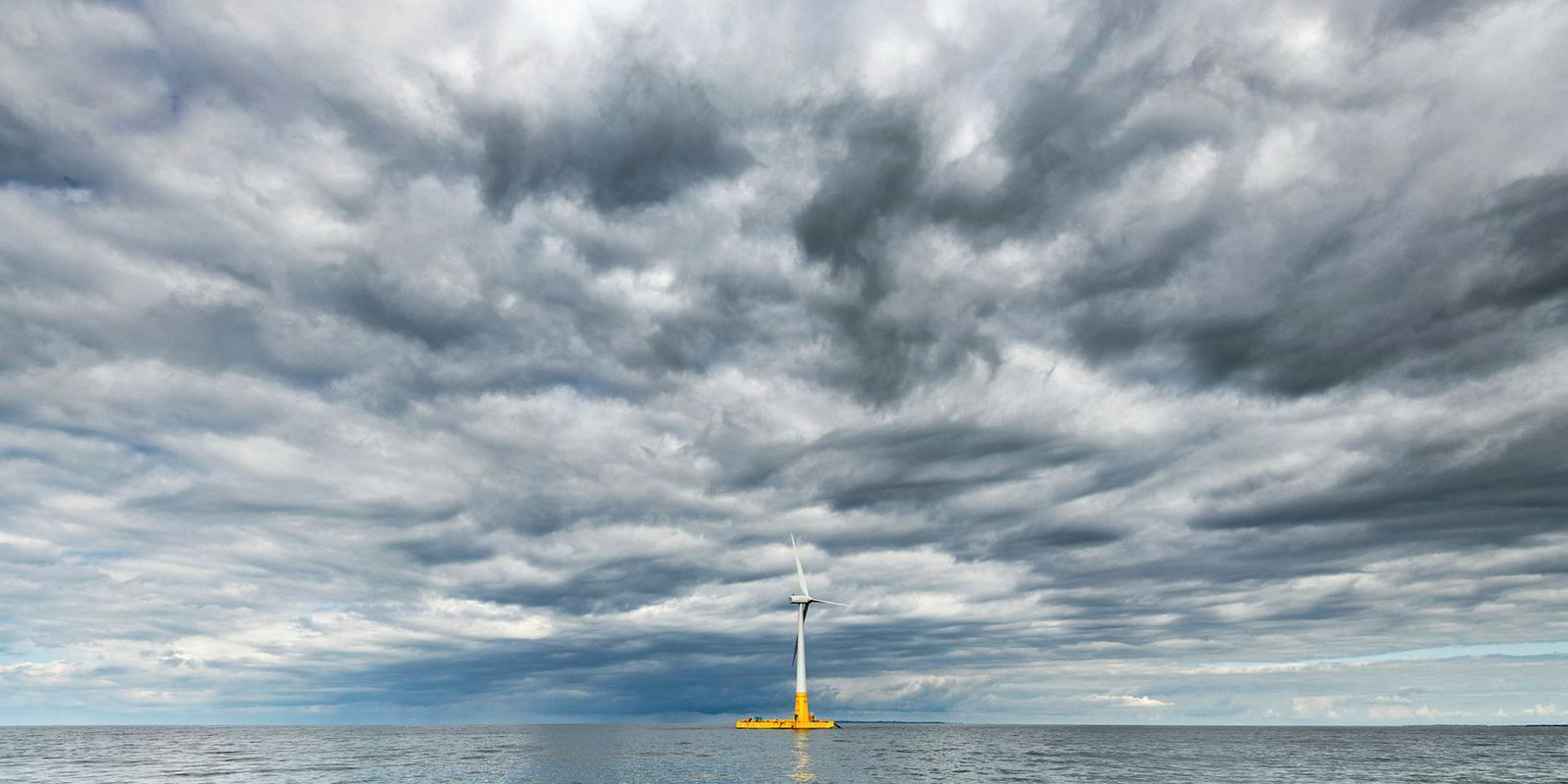Onshore wind could form part of Equinor’s plans as it looks to build a broad-based energy operation, said the oil & gas group’s renewables chief.
Equinor has already emerged as a significant player in global offshore wind and has a foothold in PV, a market entry New Energy Solutions executive vice president Pål Eitrheim said was prompted by solar's stellar growth and cost-competitiveness.
Eitrheim told Recharge the Norwegian giant “has not ruled out” investing in onshore wind, currently absent from its growing renewables empire despite being the most competitive form of power production in many markets.
Eitrheim said: “We are looking at it. It could be part of our portfolio. We have not prioritised it, but it’s not irrelevant. It could be absolutely relevant to consider if the right opportunity come along in the future.”
Any future position in onshore wind would mark a return to a sector Equinor left at the beginning of this decade when, in its former incarnation as Statoil, it sold a portfolio of interests to focus on offshore development. It would also mirror in the in-out-in approach to onshore wind seen elsewhere in the oil and gas industry – not least at Danish offshore wind number-one Orsted, which left onshore early in the decade only to return with a bang last year.
Oil & gas veteran Eitrheim spoke to Recharge six months into his role at New Energy Solutions. He said his early days as Equinor’s renewables supremo were spent firmly in listening mode as he made his own personal energy transition.
I spent the first months with a very small mouth and very big ears.
“I spent the first months in the job with a very small mouth and very big ears,” said Eitrheim, who has a 21-year career at the Norwegian group, most recently as chief procurement officer but also including senior posts in Azerbaijan, the US and Brazil.
“You need a certain respect and humility if you are going to do something new.”
Eitrheim’s job now is to steer Equinor’s journey into a future that will be far more renewables-based – the group anticipates up to 20% of its Capex will go on ‘new energies’ by 2030 – but mostly still focused on the hydrocarbons that brought it $80bn of revenues last year.
So does he feel like part of the green or fossil economies?
“I’m a bit of both,” said Eitrheim, “and I think that characterises the whole energy transition. We have a very complex energy system, we need to be intellectually savvy enough to have two thoughts in our head at the same time.
“Clearly hydrocarbons and renewables will live side by side for quite a while. I don’t think that is impossible.”
Eitrheim’s main focus is offshore wind, where Equinor is leveraging its oil and gas expertise to carve out a significant position, not least in the emerging floating sector.
Equinor “is likely” to deploy a commercial floating wind project in Asia, though maybe first in Europe, said Eitrheim, adding that the priority is to cut cost of energy in the sector.
The Norwegian group is preparing for a big 2019 in the UK, where its co-owned Dogger Bank project is lining up for the next contract-for-difference auctions later this year, and is following the evolution of the offshore wind sector in China “very closely” with “regular contacts with specific industrial players”.
Equinor has planted itself in solar via the near-10% stake it took in compatriot PV developer Scatec Solar last year, and its co-development of the 162MW Apodi project in Brazil.
“We saw on the offshore wind side there are some obvious linkages with our oil and gas business. That link is not so obvious on the solar side … [but] we clearly see solar is fast-growing, increasing in many markets of the world, the cost-leader in many markets we observe.”
Eitrheim said the Scatec stake “gives us direct exposure and the chance to learn” from an established industry player.



